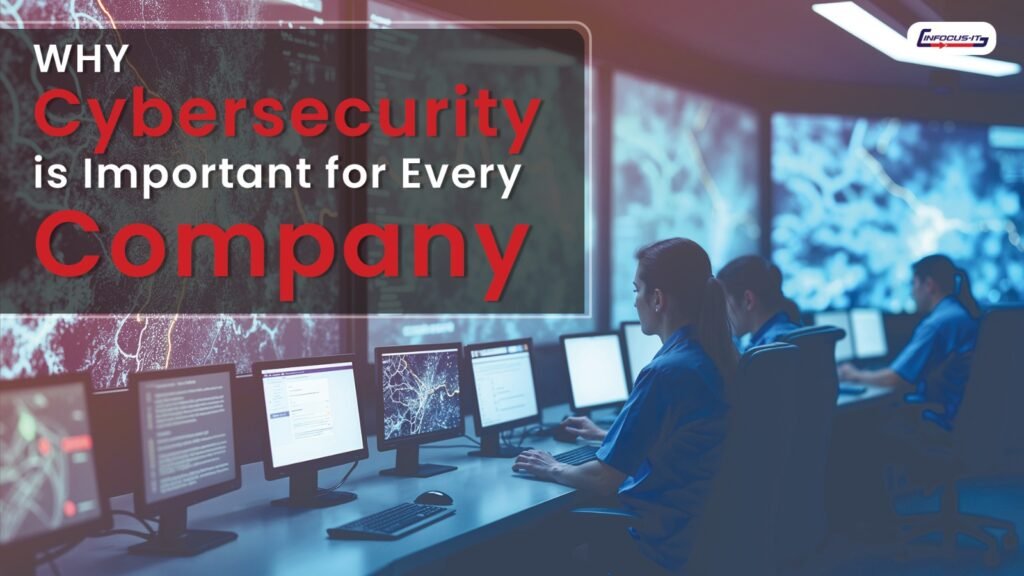
In the past, Operational Technology (OT) systems—such as those found in manufacturing plants, utilities, and critical infrastructure—were isolated from traditional Information Technology (IT) networks. This “air-gapped” approach helped protect industrial environments from digital threats, ensuring safety and continuity.
But times have changed.
The Rise of Industry 4.0
With the dawn of Industry 4.0, OT environments are rapidly becoming more connected. Smart factories, IoT-enabled sensors, real-time data analytics, and AI-driven automation are all part of this new industrial revolution. These advancements blur the line between IT and OT systems, creating integrated environments where data flows from the factory floor to enterprise applications and back.
While this convergence offers unprecedented efficiency, agility, and insight—it also opens the door to new cybersecurity risks.
Emerging Threats in a Connected World
Integrating IT and OT means that the vulnerabilities of one domain can affect the other. A malware attack that starts in the corporate email system can now potentially reach the production floor. Hackers could:
- Disrupt production lines
- Override safety systems
- Tamper with industrial controls
- Cause significant financial and reputational damage
In high-stakes industries such as energy, healthcare, and transportation, the consequences can even be life-threatening.
Why Traditional Security Isn’t Enough
Traditional IT security tools are often not designed for the unique requirements of OT systems. These environments demand:
- Real-time monitoring
- Low latency and high availability
- Support for legacy protocols and proprietary systems
- Strict safety and compliance standards
This is why simply extending existing IT security measures into OT won’t work.
The Path Forward: Unified IT-OT Security Strategies
To effectively secure modern industrial environments, organizations must adopt specialized, integrated cybersecurity solutions that provide:
1. End-to-End Visibility
Continuous monitoring from enterprise systems down to industrial control systems (ICS) enables quick detection of anomalies.
2. Segmentation and Zero Trust
Network segmentation and a zero-trust approach help contain threats before they can spread across IT and OT domains.
3. Threat Intelligence for OT
Use of OT-specific threat intelligence and behavior analytics to identify and respond to advanced threats.
4. Collaboration Across Teams
IT and OT teams must break silos and work together, sharing insights, data, and strategy.
The Future of Cybersecurity is Converged
As industries modernize, cybersecurity must evolve. Monitoring both IT and OT environments is no longer optional—it’s essential. A converged security approach ensures that whether it’s an ERP application in the cloud or a robotic arm on the factory floor, every part of your organization is protected.
The convergence of IT and OT isn’t just a trend—it’s the future of industrial security. Is your organization ready?
Need help choosing the right insider risk solution or designing a hybrid workforce security strategy? Contact our cybersecurity experts or explore our latest whitepaper on Insider Threat Prevention in 2025.
At INFOCUS-IT, we specialize in advanced cybersecurity solutions—from threat detection and incident response to compliance and risk management. Whether you’re a small business or a large enterprise, our experts are here to protect what matters most.
Book your vulnerability scan now → infocus-it.com
📩 Support: support@infocus-it.com
📞 Helpdesk: +91-8178210903
hashtag#vapt hashtag#owasp hashtag#bugbounty hashtag#ethicalhacking hashtag#infocusit

